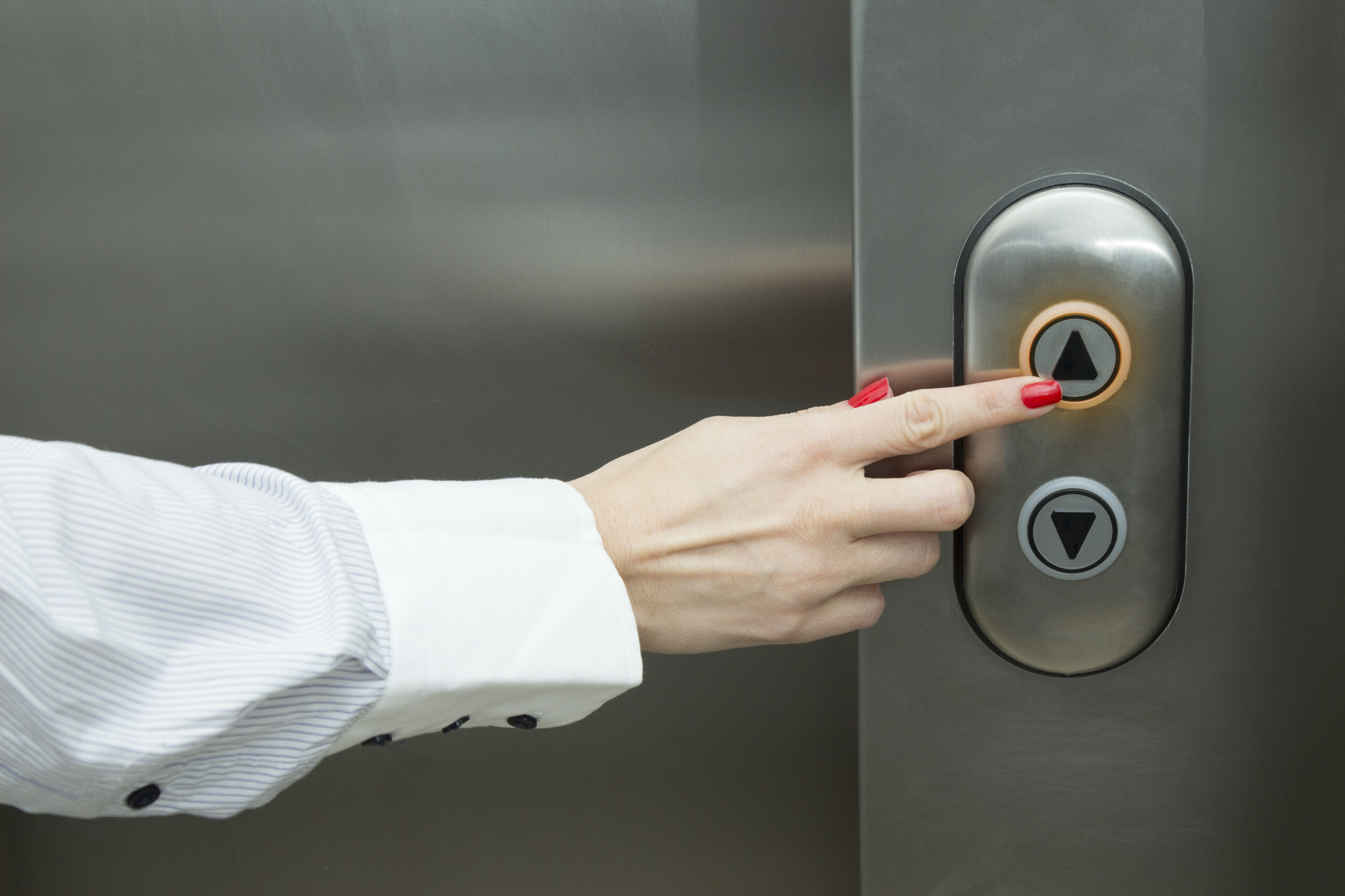Discover Dependable Lift Repair Near Me for Rapid and Affordable Service
Wiki Article
Looking Into the Globe of Lifts: Typical Problems Encountered by Various Lift Systems
As we browse through the vertical transport systems of modern-day buildings, lifts stand out as an indispensable component of our everyday lives. From hydraulic elevators to traction systems and machine-room-less styles, each lift kind comes with its collection of common issues.Hydraulic Lifts
Hydraulic lifts, frequently chosen for low-rise buildings, utilize fluid pressure to manage the motion of the elevator vehicle (lift repair companies). This mechanism involves a hydraulic pump pushing oil into a cylinder, triggering the lift to relocate the wanted direction. While hydraulic elevators are known for their peaceful and smooth operation, they do include their own set of common problemsOne prevalent problem with hydraulic elevators is oil leak. In addition, problems with the control system, such as damaged valves or a malfunctioning pump, can cause disruptions in the lift's activity.
Normal maintenance and timely repair work are necessary to make sure the smooth performance of hydraulic elevators. By resolving these common concerns proactively, building owners can reduce downtime and make certain the safety and efficiency of their vertical transport system.
Grip Lifts
When thinking about vertical transportation systems in buildings, another usual type apart from hydraulic lifts is the traction elevator. Traction elevators run making use of a system of ropes and weights that move the lift automobile by grasping onto the hoist ropes. This mechanism enables for smoother and faster vertical transport contrasted to hydraulic systems.Among the typical problems faced by traction elevators is rope wear. The constant activity of the ropes within the traction system can lead to tear and use gradually, potentially creating the lift to breakdown or come to be dangerous for usage. Routine evaluations and upkeep of the ropes are important to ensure the lift's proper performance and safety.
Another problem that traction lifts may run into is associated to the control system. Troubles with the control system can bring about problems such as irregular activity, delays in reaction times, and even full shutdowns. Normal screening and upkeep of the control system are crucial to avoid such problems and guarantee the lift's dependability.
Machine-Room-Less (MRL) Lifts

One of the crucial parts of MRL elevators is the compact gearless traction device that is installed within the hoistway. This device effectively drives the lift vehicle without the requirement for bulky equipment located in standard grip elevators. In addition, MRL elevators normally utilize a counterweight system to stabilize the auto, further enhancing their power performance.
Despite their benefits, MRL lifts might face difficulties connected to upkeep and repair because of the confined room for tools setup. Accessibility for servicing elements within the shaft can be limited, calling for specialized training for specialists. Appropriate upkeep routines and normal assessments are vital to ensure the continued smooth procedure of MRL elevators.
Overloading and Weight Restriction Issues
Are elevators outfitted to manage excess weight lots effectively and safely? Overwhelming and weight restriction problems are critical issues in lift operations. Elevator makers style lifts with specific weight capacities to guarantee guest security and devices longevity. Going beyond these weight limitations can lead to numerous problems, including mechanical failures, delays, and safety and security threats.When lifts are overloaded, it places too much stress on the motor, cables, and other parts, possibly triggering malfunctions or breakdowns. If they discover excess weight, safety mechanisms such as sensing units and overload sensing units are in place to stop elevators from relocating. Additionally, surpassing weight limitations can result in boosted energy consumption and wear and tear on the elevator system.
To alleviate overloading problems, constructing supervisors must plainly present weight limits in elevators and inform passengers on the importance of adhering to these limitations - lift repair companies. Regular upkeep checks by qualified technicians can likewise help make sure that lifts are operating within secure weight published here parameters. By dealing with overloading and weight limitation issues proactively, structure proprietors can boost lift safety and security and effectiveness
Electric System Failures
Going beyond weight limitations in lifts can not only cause mechanical concerns but also potentially contribute to electrical system failures within the lift facilities. Electric system failings are a critical worry in elevator procedure, as they can cause unanticipated shutdowns, breakdowns, or perhaps safety and security risks. One typical electric concern is the overheating of components because of extreme current flow caused by straining the lift past its capacity. This can bring about harm to the motor, circuitry, or control systems, causing costly fixings and downtime.Regular maintenance and inspections are essential to determine and attend to potential electrical concerns quickly, making certain the reliable and risk-free operation of lift systems. By sticking to weight limits and carrying out regular electric system checks, Continue building owners can alleviate the risk of electric failures in elevators.
Final Thought

Hydraulic lifts, usually liked for low-rise buildings, use fluid stress to manage the motion of the elevator vehicle.When thinking about upright transportation systems in structures, an additional common type aside from hydraulic elevators is the grip lift. Traction elevators run using a system of ropes and counterweights that move the lift cars and truck by clutching onto the hoist ropes. Unlike typical lifts that need a different device room to house the devices, MRL elevators incorporate many of the elements within the shaft, removing the need for a dedicated maker space.In verdict, lifts encounter usual problems such as hop over to here hydraulic breakdowns, grip system failings, and electric system problems.
Report this wiki page